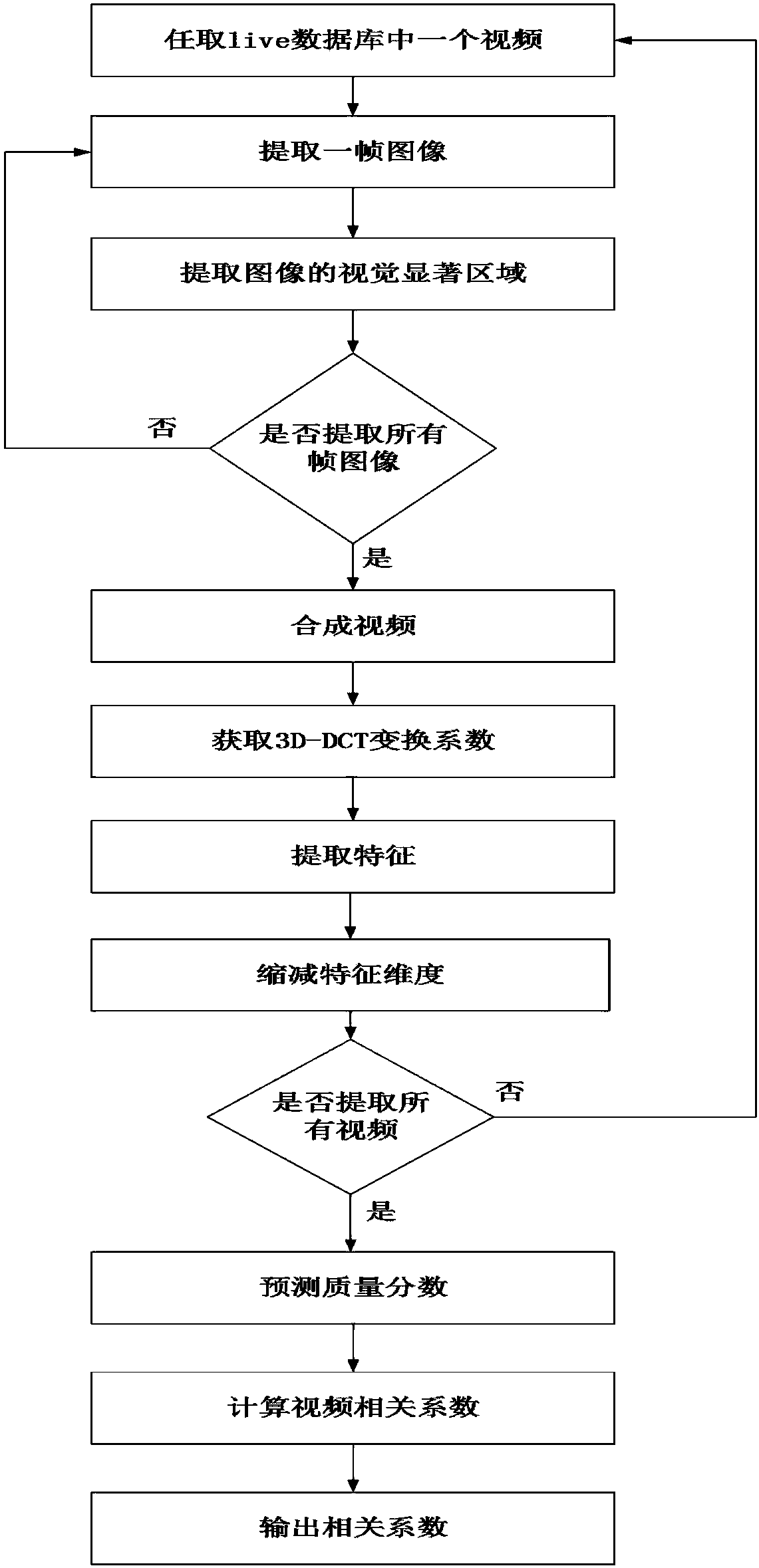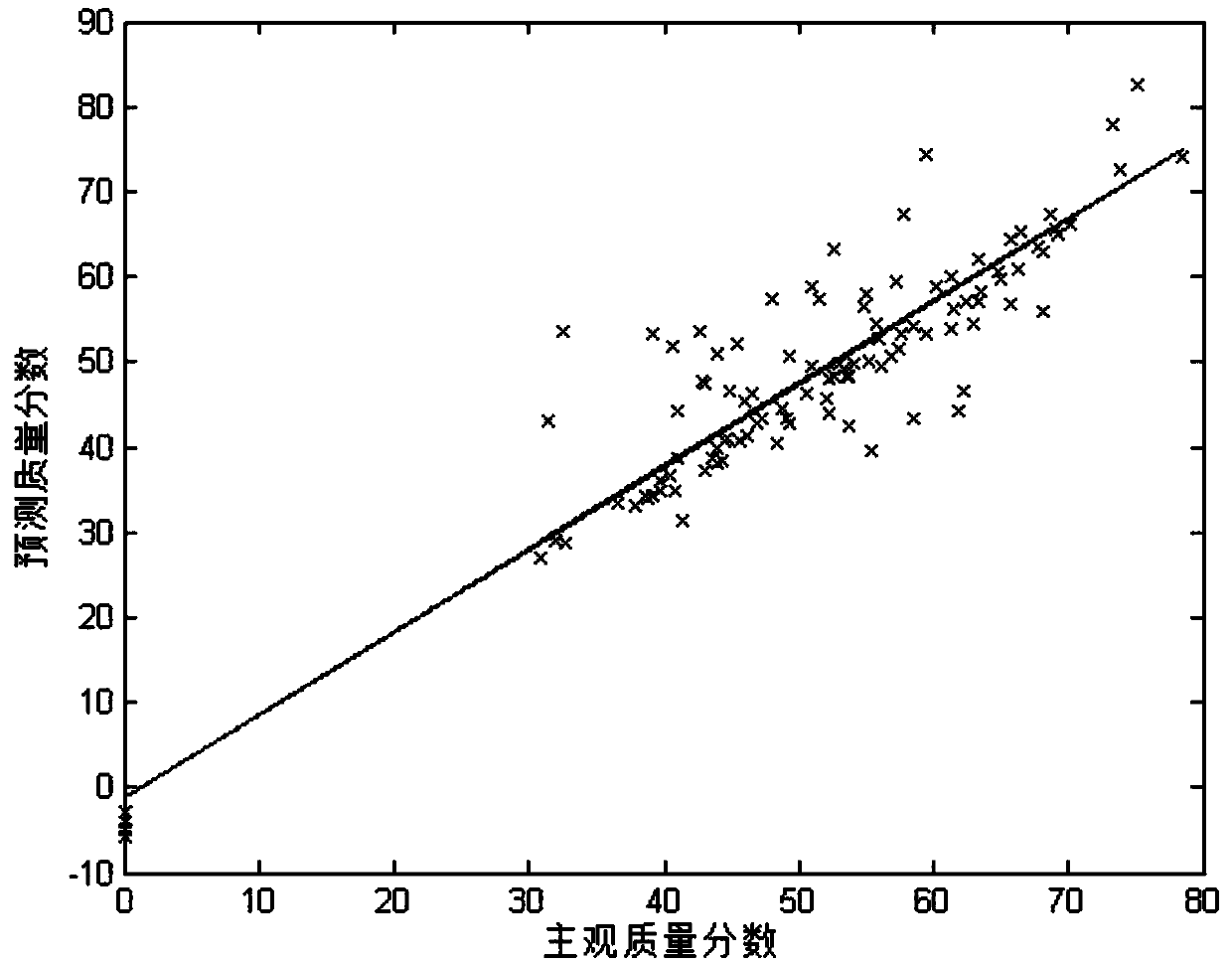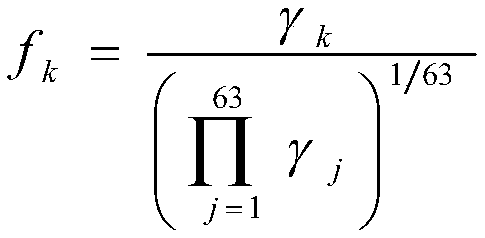Video quality assessment method based on visual salient regions and spatio-temporal characteristics
A video quality and area technology, applied in the direction of TV, electrical components, image communication, etc., can solve the problems of complex calculation, no consideration of the impact of human visual quality evaluation, no consideration of video spatiotemporal statistical characteristics, etc., and achieve the advantages of accurate results Effect
- Summary
- Abstract
- Description
- Claims
- Application Information
AI Technical Summary
Problems solved by technology
Method used
Image
Examples
Embodiment Construction
[0052] The present invention will be described in further detail below in conjunction with the accompanying drawings.
[0053] Refer to attached figure 1 , the concrete steps of the present invention are as follows.
[0054] Step 1, extract the video.
[0055] Randomly select a video from 160 videos in the video quality assessment database live.
[0056] Step 2, randomly select an image frame from the selected video.
[0057] Step 3, extract the visually salient regions of the image.
[0058] Select the maximum gray value and the minimum gray value from the selected frame image plane coordinates respectively.
[0059] An optimal threshold was determined using the maximum between-class variance method OTSU.
[0060] The specific steps of the maximum between-class variance method OTSU are as follows:
[0061] Step 1, set the initial threshold of the gray value to 60.
[0062] In the second step, the area surrounded by all gray values in the selected frame image plane co...
PUM
 Login to View More
Login to View More Abstract
Description
Claims
Application Information
 Login to View More
Login to View More - R&D
- Intellectual Property
- Life Sciences
- Materials
- Tech Scout
- Unparalleled Data Quality
- Higher Quality Content
- 60% Fewer Hallucinations
Browse by: Latest US Patents, China's latest patents, Technical Efficacy Thesaurus, Application Domain, Technology Topic, Popular Technical Reports.
© 2025 PatSnap. All rights reserved.Legal|Privacy policy|Modern Slavery Act Transparency Statement|Sitemap|About US| Contact US: help@patsnap.com



